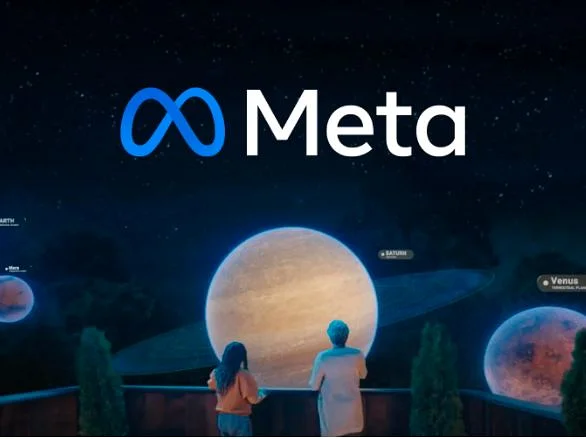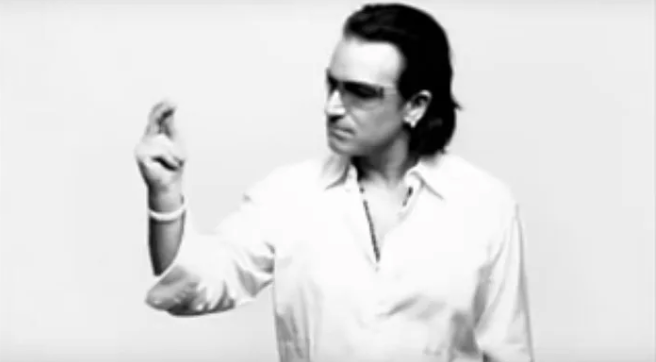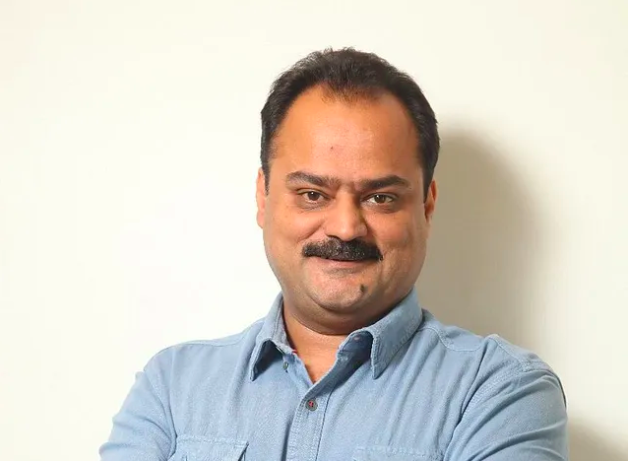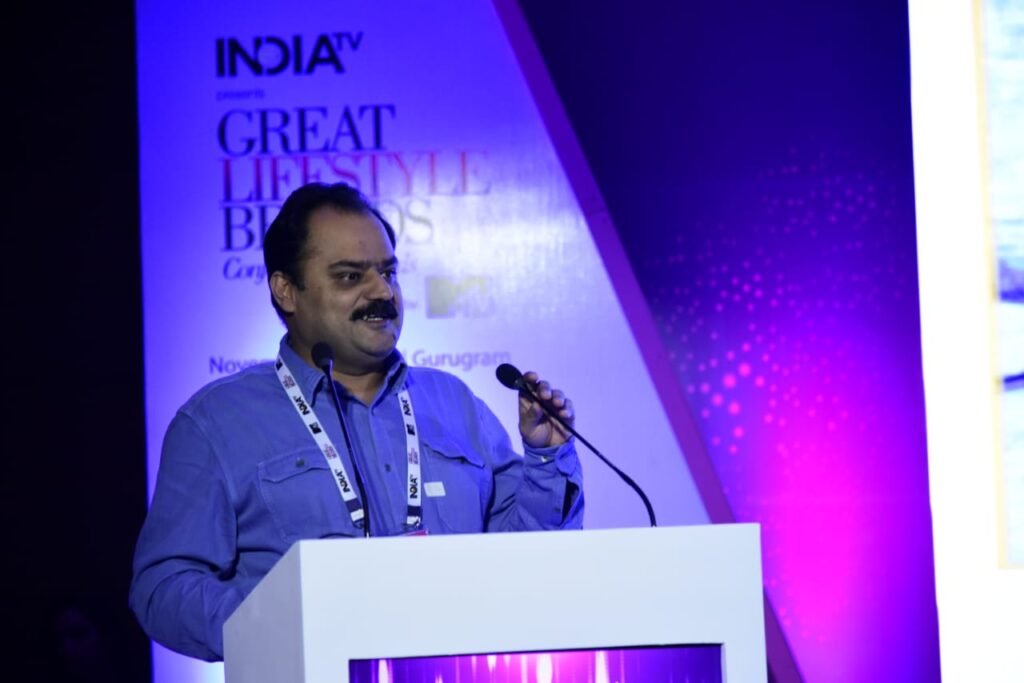What’s in a name?
Now Facebook is Meta but the story goes on. Facebook is now Meta. There are many hotly debated underlying reasons ascribed to this move. I daresay any consumer asked for such a change. Nonetheless, it gives us an occasion to revisit the entirety of the reason for any brand to be. It is good to remind ourselves of a brand being a sum of parts. A brand is a “reputation of reputations”. It is a social construct. Branding is indisputably the most important aspect of business. No two brands are the same. No brand is the same at two different points in time. It is, by definition, a dynamic entity. David Aaker’s famed brand identity system deals with the brand as a product, an organisation, a person and a symbol. In this light, name, visual imagery, logo is subordinate to the brand’s larger purpose and self-expressive benefits. [siteorigin_widget class=”SiteOrigin_Widget_Image_Widget”][/siteorigin_widget] One can be deluded to think focus boosts a brand’s value. Evian, Tabasco, Rolex, Kleenex, Wrigley’s, Colgate, Moët & Chandon, Hertz or Guinness are, each, one product one brand. But Yamaha, Caterpillar and Virgin are broad brands that successfully straddle different categories. There are no universal laws of brand success. Each must follow its own individual path with confidence. It is precisely this lack of universal conformity that turns branding and the business it generates, into something fascinating. Brand value follows a power law distribution. Strong brands become stronger building on past success. Success breeds success. Albert Laszlo Barabasi, the network scientist sought to explain how websites like Google acquire millions of links while billions of other sites with compelling content and services struggle to gain any visibility at all. ‘Preferential attachment’, a concept that emerged out of that research, tells us that the rich get richer, celebrity builds celebrity, and nothing succeeds like success. The sociologist Robert Merton called it the Matthew effect, after a passage from the Gospel according to Matthew “For unto every one that hath shall be given, and he shall have abundance.” Category dominant brands always get more than the fair share of growth. Brand building is deeply inspired by religious templates. And in it, symbolism, pontification, common belief, ritualism and of course nomenclature plays a key role. Its ultimately about ‘in groups’ and ‘out groups’. A brand inspires faith, love, camaraderie. It is a well-earned prize to inspire life-long devotion and belief in the brand’s authenticity. Successful brands want to be everywhere, and many have already achieved this aim. The Nike swoosh, the golden arches of McDonald’s and the Starbucks logo are now more recognized around the globe than any other element of universality Purpose linked social creeds are being expounded better by brands than anyone else. Think Body Shop, Patagonia, Benetton – all having stirred issues of import. Tata Tea’s ‘Jaago Re’ was beyond evolutionary in terms of a social call to action. Dove’s ‘Campaign for Real Beauty’ or Surf’s ‘Dirt is Good’, forced a new perspective on the way we are and act. It is no longer enough for brands to be sold in a shop; Consumers want to live within the brand, physically. Disney was a pioneer with its parks. Experience that acts on all the senses is a high mark of brand encounter. Entering a luxe mall is like visit to a gothic cathedral – awe inspiring yet with a feeling of reverence. Celebrities such as Cristiano Ronaldo, P Diddy, Virat Kohli, Djokovic not only endorse brands, but are brands themselves with a market value most companies can only dream of. Brands centre around the pursuit of purity. Sometimes, as in the case of Evian or Château Mouton Rothschild , it is all about the purity of the product. Don’t underestimate the purity of the message. Walk the talk just as much as you talk the walk. And that brings us to Trust. It’s a wonderful word high up in human esteem alongside ‘love’ and ‘hope’ and ‘happiness’. It is the single most important thing when it comes to brand success. A lot has changed in the world of business and consumerism. But trust is more precious as its scarce. Brands that are iconic inspire trust. Unlike love and hope, trust is a rational emotion. It is based on evidence. It develops layer by layer. Trust begets trust. If a company lets you down, you don’t trust them anymore. If they are misleading, greedy, malicious, criminal, manipulative they fall off the high cliff. In the winner takes all world, scandal hits a brand harder now than ever before. The internet continues to give the right kind of brands ever-deeper reach. Not to mention the internet power brands themselves – Facebook, Twitter, Amazon, eBay, Google. These are all in the top 10 line up of the world’s most precious brands in terms of valuation. However, internet brands in particular need to pay attention to the trust issue, My message to Facebook is that if you are struggling in the whirlpools of broken trust you cling to rocks not driftwood. A brand is an identity. The process of branding is therefore the process of creating and managing that identity. Now Facebook is Meta but the story goes on. https://www.afaqs.com/news/guest-article/whats-in-a-name






